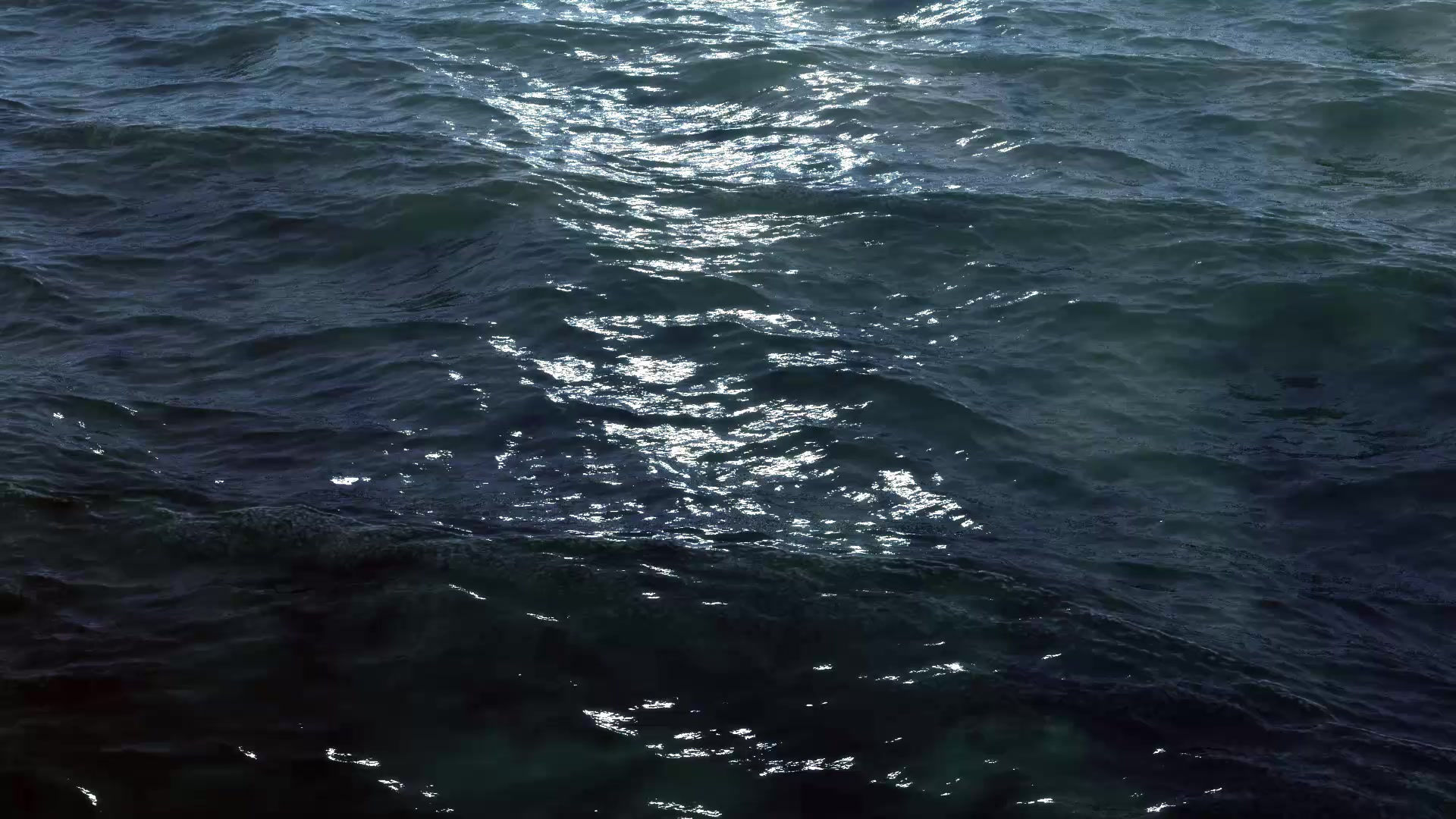top of page

Humpback Whales
Physical Traits
-
About 60 feet long (Females are longer than males)
-
Weigh about 40 tons
-
Use their large tail fin (called a fluke) to help them swim powerfully
-
The pattern of scars and pigments on their bellies are unique to every whale
Singing

Picture From National Geographic

Picture From Cornforth

Picture From British Sea Fishing

Picture From National Geographic
1/3
Habitat/Feeding Behaviors
-
Eat plankton, crustaceans, and small fish
-
Eat up to 3,000 pounds a day
-
Hunt in groups
-
Blow bubbles to catch food and push it up to the surface (bubble net feeding)
-
Swim through large crowds of fish with their mouths open (lunge feedings)
-
Communicate to others by singing
-
They use a series of moans and howls
-
Only males sing
-
Includes frequencies humans can't hear
-
Each whale has their own song that only changes slightly
-
Has the most complex song in the animal kingdom
Social Behaviors
-
Jump out of the water (breach) and slap the waves with their fins
-
Mothers swim close to their calves and touch them with their fins as a sign of affection
-
Swim in pods of a dozen on calving grounds and pods of 3-4 during migration
-
Calves nurse for a year, and don't stop growing for 10 years
-
Adapted to a form of bubble net feeding called lob-tail feeding
-
10% of original population remains
-
Population is increasing
-
Threats include: fishing gear entanglement, harassment from whale watchers, and decrease in food supply

whale ya

breach 2

humpback

whale ya
1/4

Picture From Tony Wu

Picture From Adventure In Hawaii

Picture From National Geographic

Picture From Tony Wu
1/4

Picture From Tony Wu

Picture From Adventure In Hawaii

Picture From National Geographic

Picture From Tony Wu
1/4

Image From Strange Sounds

Image From Strange Sounds
1/1
For More Information.....
Sound Of A Humpback Whale - Ocean Mammal Institute
00:00bottom of page